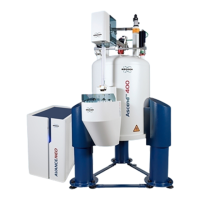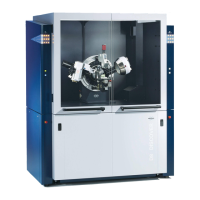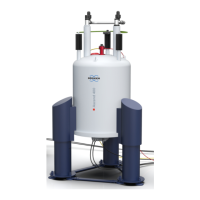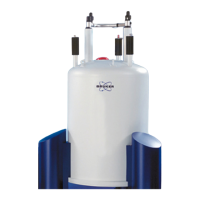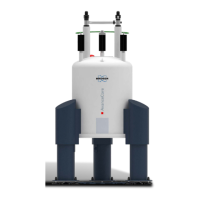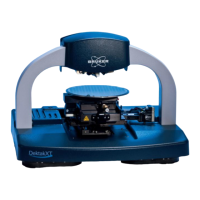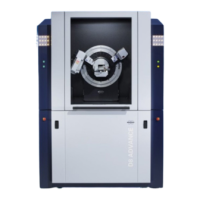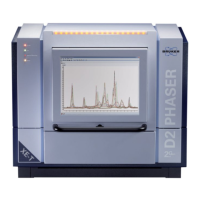Safety
H157654_9_011 11 / 120
2.1.3.1 The 0.5 mT (5 Gauss) Line
People at particular risk
People with active implanted devices, e.g. cardiac pacemakers where an interference with
magnetic fields can lead to serious health consequences, are at particular risk.
The employer and/or system owner (with reference to the EU directive 2013/35/EU – Chapter
II Obligations of Employers, Art. 4., Sec. 5) is in charge of risk of work safety in the environ-
ment and must identify any members that are part of the group of people at particular risk be-
fore they are allowed to enter the environment. The employer needs to address the following
questions.
• Who wears active medical implants, especially cardiac pacemakers?
• Who wears passive medical (metallic) implants, like endo-prosthesis or stents or similar
devices?
• Who wears medical devices that are worn on the body, especially insulin pumps?
• Who wears other (metallic) objects in or on their body that might be influenced by EMF,
such as piercings, embedded metal splinters, removable dentures, war and/or shot in-
juries, etc.?
• Is there a person with limited physical resilience?
• Are pregnant workers in the group?
These people at particular risk must be officially informed, warned and advised to stay out-
side of the 5 Gauss line to prevent and avoid any health risks. The approach must be the
same for workers (e.g. pregnant workers) as well as for visitors in the environment.
2.1.3.2 The 3.0 mT (30 Gauss) Line
Flying Objects
With field strength sources of > 100mT there is a high risk of attraction and movement of ob-
jects (with ferromagnetic composures), so that these objects might become projectiles and
cause new risk sources for any person or equipment (e.g. sensitive instruments) in the envi-
ronment. In order to prevent this, such objects must always be kept outside the 30 Gauss
line.
Safety training must be provided to all staff members who may enter the environment, like
cleaning personnel, maintenance or service providers or even employees from other
providers. The individuals must be informed accordingly and warned about restrictions when
taking specific materials beyond the safety lines, and the risk of doing so.
This information must also be available in case of hazardous situations, when emergency
personnel, like firefighters, will enter the environment with their equipment.
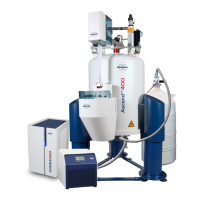
